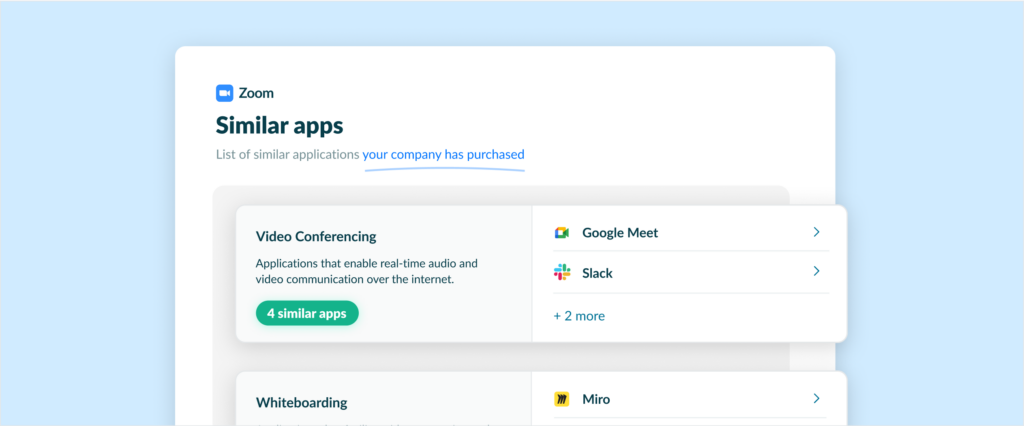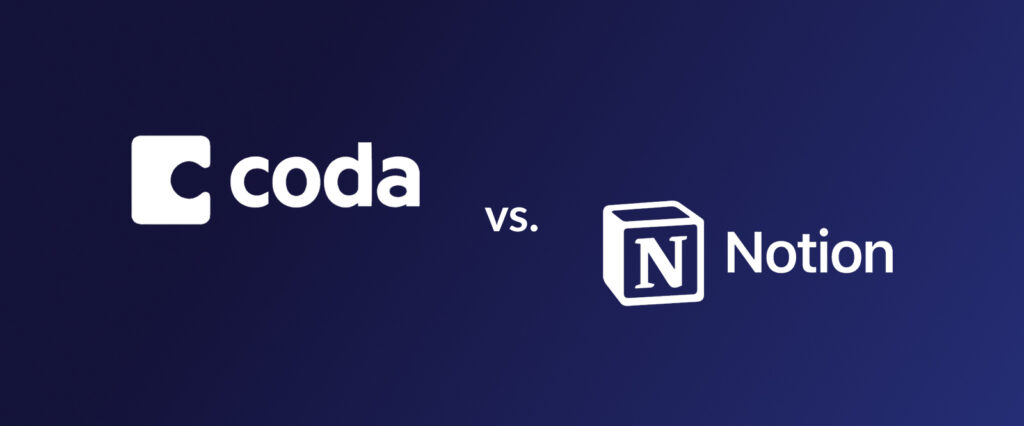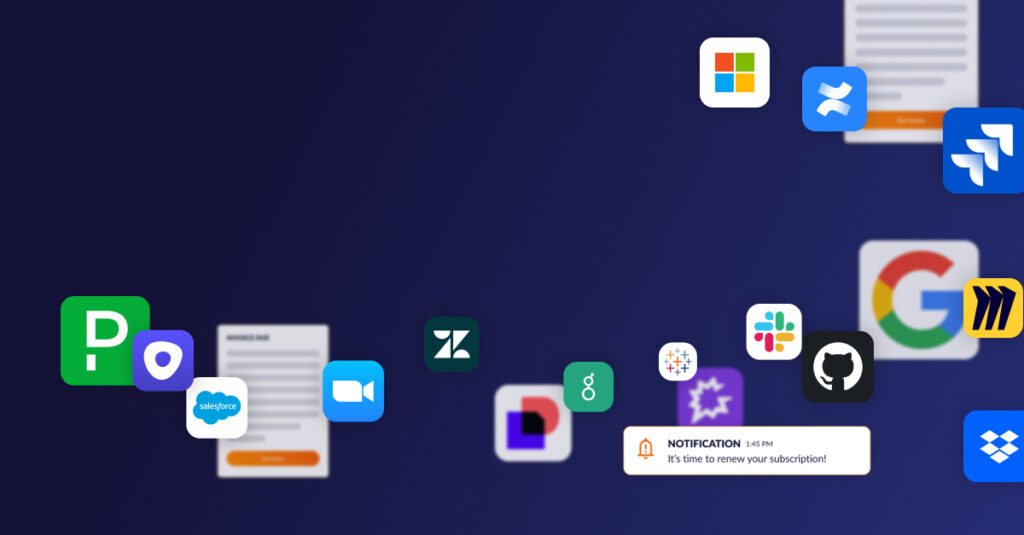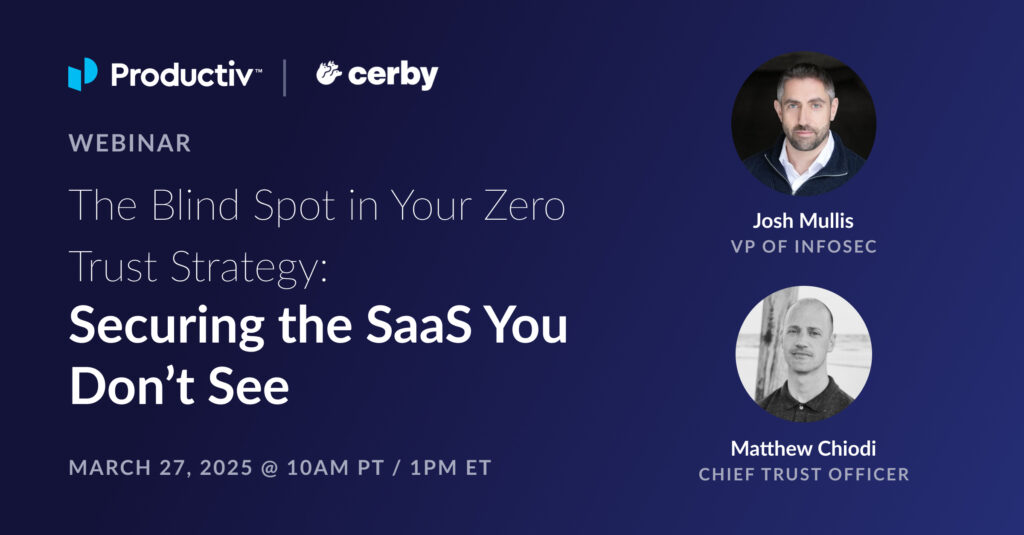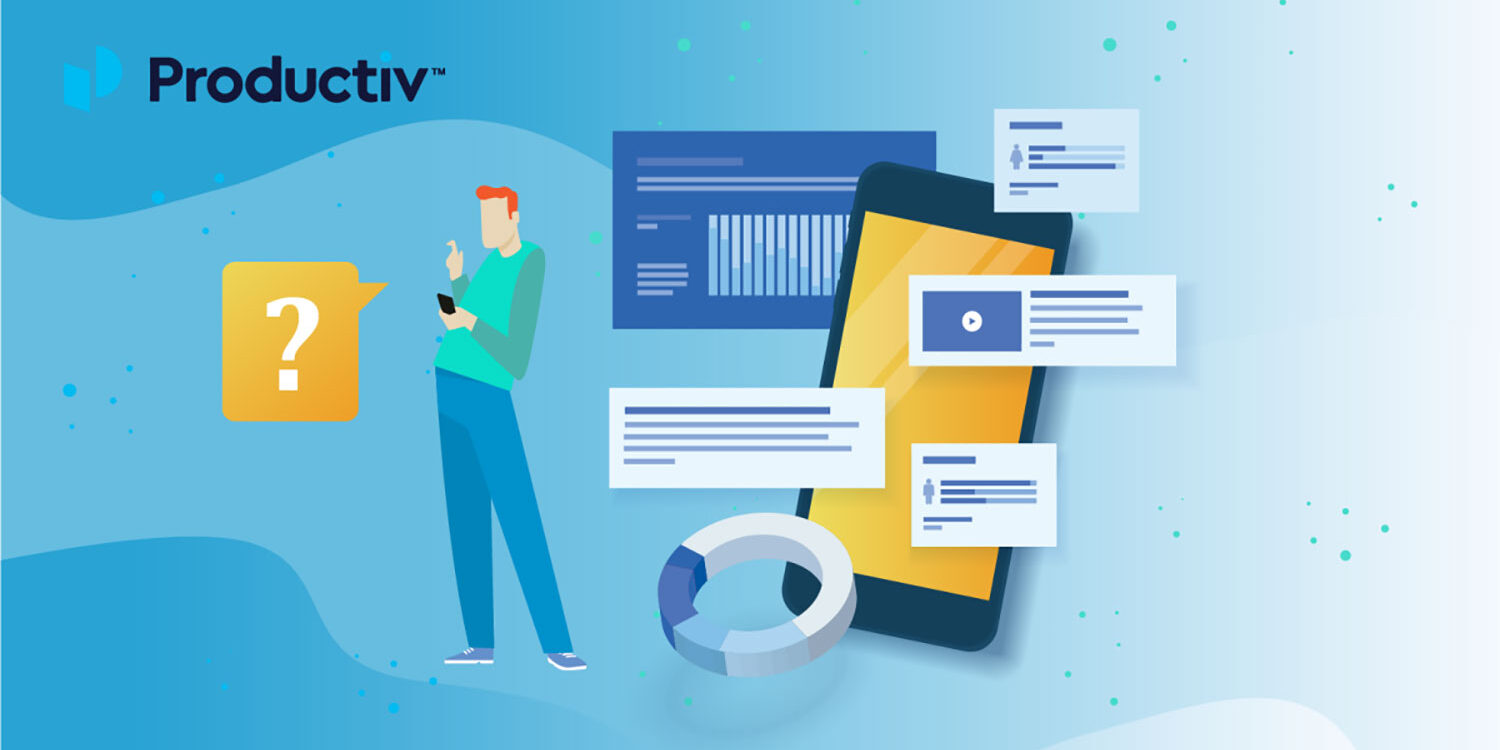
Do your employees have app fatigue? Here’s how to solve that!
Over the past several years, a phenomenon known as “app fatigue” has arisen. Let’s explore what app fatigue is within the enterprise and how you can begin to solve that problem.
What is enterprise app fatigue?
As consumers, we have an endless array of apps from which to choose. Yet it often seems like they all do the same thing. We’re so overwhelmed with so many similar options that we’re actually getting sick of downloading apps.
IT managers may not realize that consumer trends can impact the workplace. App overload is a significant concern within organizations. This issue should not be overlooked.
Businesses are investing in apps without asking key questions:
- Do we have a similar app in use?
- Does the app have a positive user experience?
- Does the app drive productivity?
As a result, employees gravitate to a small number of apps that actually help them get the job done. Research from comScore shows that mobile users spend 85% of their time using just five apps in order to combat app fatigue.
What’s the extent of app fatigue and why should you care?
To understand the extent of the problem, and what’s contributing to app fatigue in the enterprise, let’s look at some statistics:
- Netskope reports the actual number of cloud services in use at a given company is 1,071
- 71% of organizations have “orphaned” apps (apps with no clear business owner)
- Orphaned apps cost as much as $8,520 per year per application
- 97% of organizations don’t have complete visibility into how employees use their applications if they use them at all
There are three reasons enterprises should consider app fatigue:
- Investing in apps employees don’t use is a waste of money
- Employees could be turning towards apps that aren’t sanctioned by IT, which puts the organization at risk
- When you don’t have the right apps, employees have a poor experience, which leads to poor morale and potential turnover
The first of these three bullet points is clear – no one wants to waste money. Yet, many leaders still don’t understand the risks of shadow IT or poor employee experience. What’s more, having too many or unsanctioned applications could compromise security and lead to data breaches. Finally, using the wrong set of apps contributes to a poor employee experience – employees don’t feel as though they can get their work done effectively.
How to solve the problem of app fatigue: Real-time insights
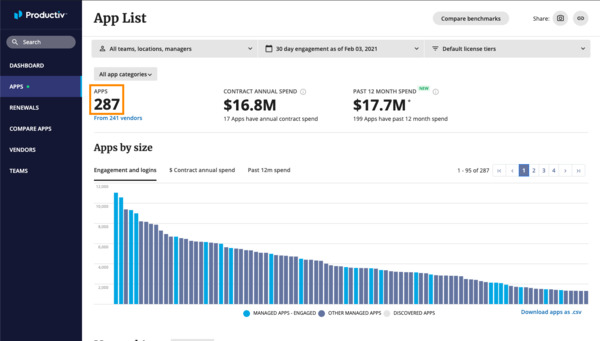
Productiv’s real-time insights into SaaS apps helps organizations avoid app fatigue by:
- Providing data on which apps are being used
- Offering insights into premium feature usage
- Supplying benchmark data about app usage for realistic goal-setting
- Determining redundant applications and usage
Providing data on which apps are being used
At the most basic level, Productiv provides data on which apps your employees are using. It tracks logins by user name and shows you how long employees are spending using each app.
With this information, you get a sense of which apps are the most used (as well as if there are any unsanctioned apps). However, this capability is the tip of the iceberg. In the next sections, we’ll explore how Productiv can help your company overcome app fatigue.
Offering insights into premium feature usage
How many times have you heard this from a vendor: “These premium features are a must-have! Your employees will be so much more productive, and you’ll see incredible ROI.”
Productiv allows you to see whether employees are actually making use of those premium features. You’ll be able to evaluate premium feature usage by license holder, as well as if there are any teams that are making particular use of those features.
Delivering Insights into app engagement
App engagement looks at three things:
- How often are employees using a given SaaS app?
- How many employees are using a given SaaS app?
- Are there employees who are using a given SaaS app more than others?
Productiv measures app engagement both during a set period as well as over time. Perhaps when you first invested in the app, employees flocked to it. After two months, app fatigue set in because the app wasn’t driving productivity, and now app engagement has declined.
Supplying benchmark data about app usage for realistic goal-setting
If you’ve invested in an app, you want employees to use it as much as possible so you can see the highest possible ROI. Yet, that might not be a realistic goal, especially in light of app fatigue.
Productiv collects industry benchmarks for SaaS apps. For example, the average engagement across all applications is 47%. With this information, you can understand your organization’s app usage in light of your peers.
Consider industry benchmark data in these two ways:
- App adoption at your company as a whole
- App adoption among specific teams
For instance, you could see that for your industry, company-wide Slack adoption is 89%. However, HR teams in your industry are only adopting Slack at the rate of 67%. This information helps you create an achievable strategy for app adoption to ensure you see the ROI you want.
Determining redundant app usage
Companies with over 2,000 employees deploy an average of 163 apps. Surely not all those apps are unique – some of them are redundant. They’re duplicate apps that essentially do the same thing. And your company doesn’t need to pay for them or support them.
Productiv’s real-time analytics create a list of apps that are similar to one another, so you can see if there are redundant apps (or worse, apps that aren’t sanctioned by IT). You can make the right decisions about app renewals as well as develop a strategy to curb shadow IT.
Overcome app fatigue with Productiv
Productiv’s real-time app engagement analytics help you make the right decisions about enterprise SaaS apps. Learn more about Productiv.
About Productiv:
Productiv is the IT operating system to manage your entire SaaS ecosystem. It centralizes visibility into your tech stack, so CIOs and IT leaders can confidently set strategy, optimize renewals, and empower employees.
Learn more today